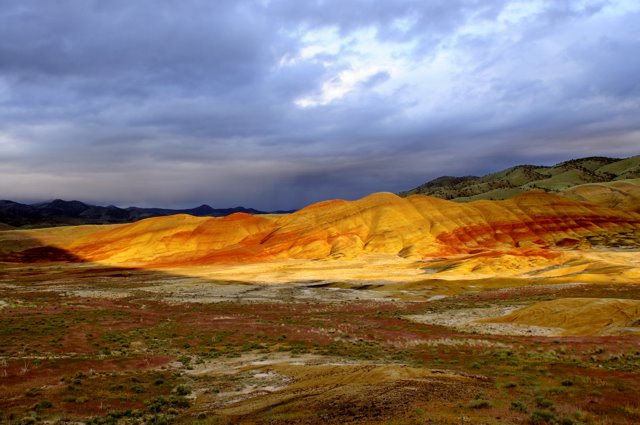 I had a challenging photo situation yesterday that I know everyone faces at some point. In most cases you let your camera try to figure out how to handle it but I wanted better pictures than that. I was inside a large show barn trying to photograph kids as they learned to judged 4-H horses. I was using my Nikon D300 and I knew it could handle this situation once I had the settings right.
I had a challenging photo situation yesterday that I know everyone faces at some point. In most cases you let your camera try to figure out how to handle it but I wanted better pictures than that. I was inside a large show barn trying to photograph kids as they learned to judged 4-H horses. I was using my Nikon D300 and I knew it could handle this situation once I had the settings right.T
 he lighting inside the barn came from the two large open doors at the ends of the building and from windows along the side behind the bleachers. There were also semi-clear Plexiglas panes in the roof. Outside, the sky was mostly hard and bright sunlight but was becoming overcast with high clouds. It was also late afternoon and the light was hitting the windows at the side of the barn and coming in the door at the far end of the barn. In front of the camera.
he lighting inside the barn came from the two large open doors at the ends of the building and from windows along the side behind the bleachers. There were also semi-clear Plexiglas panes in the roof. Outside, the sky was mostly hard and bright sunlight but was becoming overcast with high clouds. It was also late afternoon and the light was hitting the windows at the side of the barn and coming in the door at the far end of the barn. In front of the camera.I
 had initially set my camera to the "P" mode with white balance set to "shade." The problem was that my images came out dark, or with a strong yellow or amber tint to them and the shutter was rather slow. This made for blurry images as people and animals are always moving. I realized that the color problem was coming from an exposure setting on my camera that lets me saturate colors. I changed my setting from Vivid to Standard and finally Neutral. I also moved the ISO way up to 2500. I probably could have used something slower but I was trying to hurry and I just spun the dial. Next I set the camera to Aperture mode and moved the aperture to it's widest setting. That would allow me to attain more light and the fastest shutter speed possible. It also limits depth of field but at the distances I was shooting that wouldn't matter too much. Depth of field changes relative to distance and since I was so far away, I would have reasonable depth for any of the subjects I would frame.
had initially set my camera to the "P" mode with white balance set to "shade." The problem was that my images came out dark, or with a strong yellow or amber tint to them and the shutter was rather slow. This made for blurry images as people and animals are always moving. I realized that the color problem was coming from an exposure setting on my camera that lets me saturate colors. I changed my setting from Vivid to Standard and finally Neutral. I also moved the ISO way up to 2500. I probably could have used something slower but I was trying to hurry and I just spun the dial. Next I set the camera to Aperture mode and moved the aperture to it's widest setting. That would allow me to attain more light and the fastest shutter speed possible. It also limits depth of field but at the distances I was shooting that wouldn't matter too much. Depth of field changes relative to distance and since I was so far away, I would have reasonable depth for any of the subjects I would frame.As you can see from the photos above, the settings I finally chose worked well. The D300 handles the high ISO very well too although I should have set it a bit lower, say 800 or so. When you use high ISO setting you risk adding little spots and light aberrations called "noise." The D300 does a good job of preventing this from happening. I knew I wouldn't be creating large prints from any of these images but you never can tell. My most popular images are usually those that I did not plan and I simply captured at the moment because I had a camera handy.
Be sure to check out my website at www.dwainspix.com, and if you are an RV'r you might want to see what happened to my rig when a tire exploded last week. Check out my road notes blog at Dwain and Debbies Road Notes.

No comments:
Post a Comment